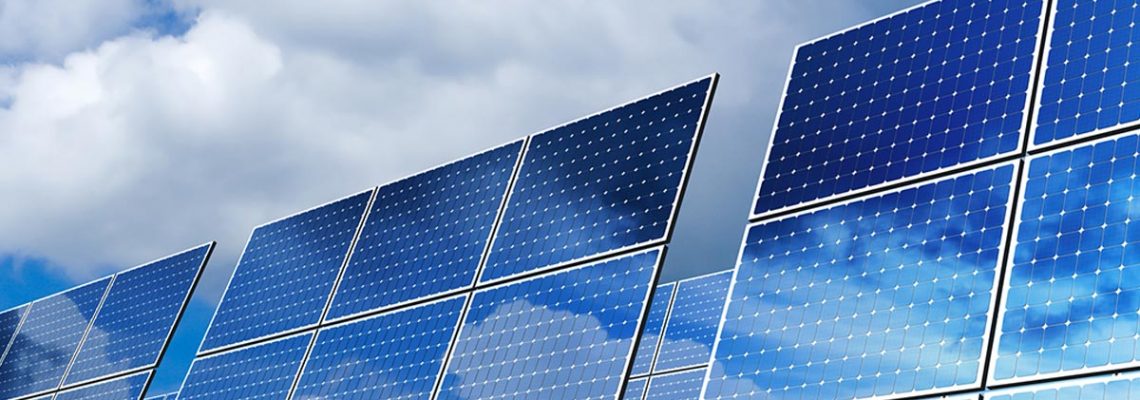The combination of low natural gas prices, low (and now, negative) demand growth, and dropping cost of renewables have been driving coal out of the market. In addition, the COVID pandemic has reduced energy demand from what it otherwise would have been. This has reinforced decisions by many utilities to move away from coal and toward renewables. Even back in 2018 the CEO of Vistra Energy stated on Jim Cramer’s Mad Money that, “coal is on its way out”. Over two years later that message is even more correct.
As I mentioned several years ago in my description of the Shifting Sands program, the electric energy industry is changing toward cleaner energy and away from the large, fossil generating sources. In a number of decades it will seem as strange to make electricity with coal as it is to heat a house with coal. The fossil plants will still be there. But, these will be natural gas fired, and perhaps even hydrogen fueled. But, I believe that even natural gas will eventually go away as battery technology evolves and renewables can become dispatchable.
This will result in major changes to the transmission grid, as transmission changes from large, central-station plants to greater reliance on distributed energy resources. The opportunities in the future will be how to do this efficiently and reliably.
Politically, there is tremendous pressure to avoid the transition to renewables. I will not question the motivation of those who want to hold on to the past, but I do believe that it is better to embrace the future than hold onto the relics of a past age. The future in energy is with renewables, and the United States can either be part of this transition or watch it happen in Asia and Europe. Making this transition work will require transforming how we move electric energy in the grid as we rely more on distributed energy resources.
Integrating distributed energy resources efficiently will require information systems that can transact securely with the grid. These information systems will help permit making choices between increasing a load such as HVAC (or, alternatively, turning it off) or increasing demand (or, alternatively, reducing it). These systems must be able to manage demand response as well as potentially even supplying the grid from distributed generating sources that may include photovoltaic systems and storage. In effect, a large commercial building equipped with PV and storage could become the power plant of the future. Imagine many of these buildings as well as homes equipped with PV and you can start to picture the complexity of the problem, but also the opportunity to create a much cleaner and lower cost electric energy future.
I am working with colleagues to examine ways to address this problem because it is crucial to integrating renewables and storage into our energy future. As we make progress in this area I will post more about this.
